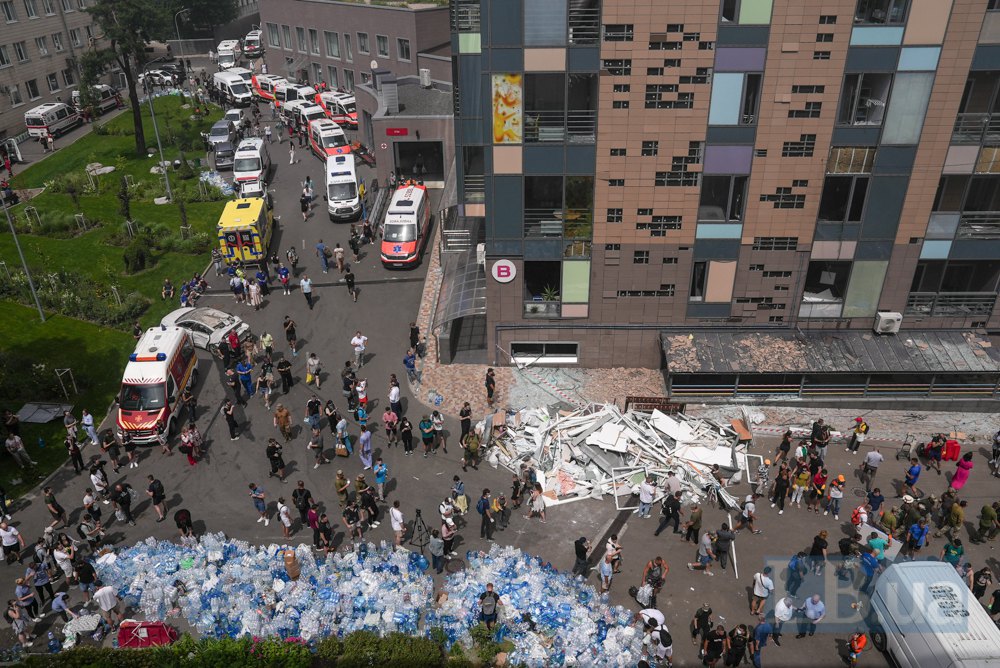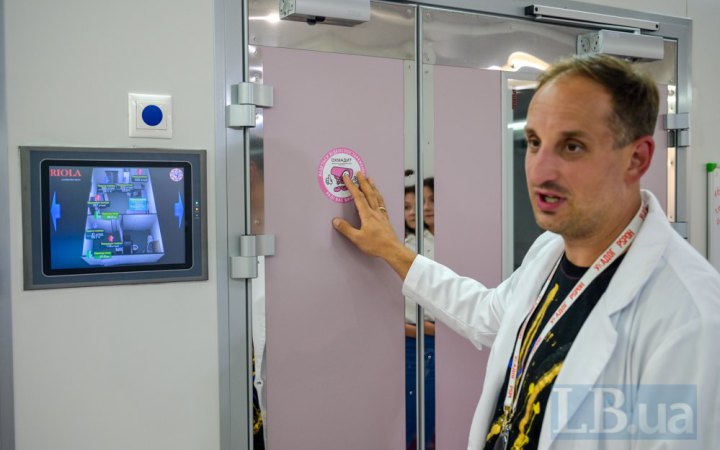
How the medical staff of the bone marrow transplant department worked this year
‘This has been a year of new experiences,’ says Oleksandr, somewhat ironically. ‘How much effort did it take? An enormous amount.’
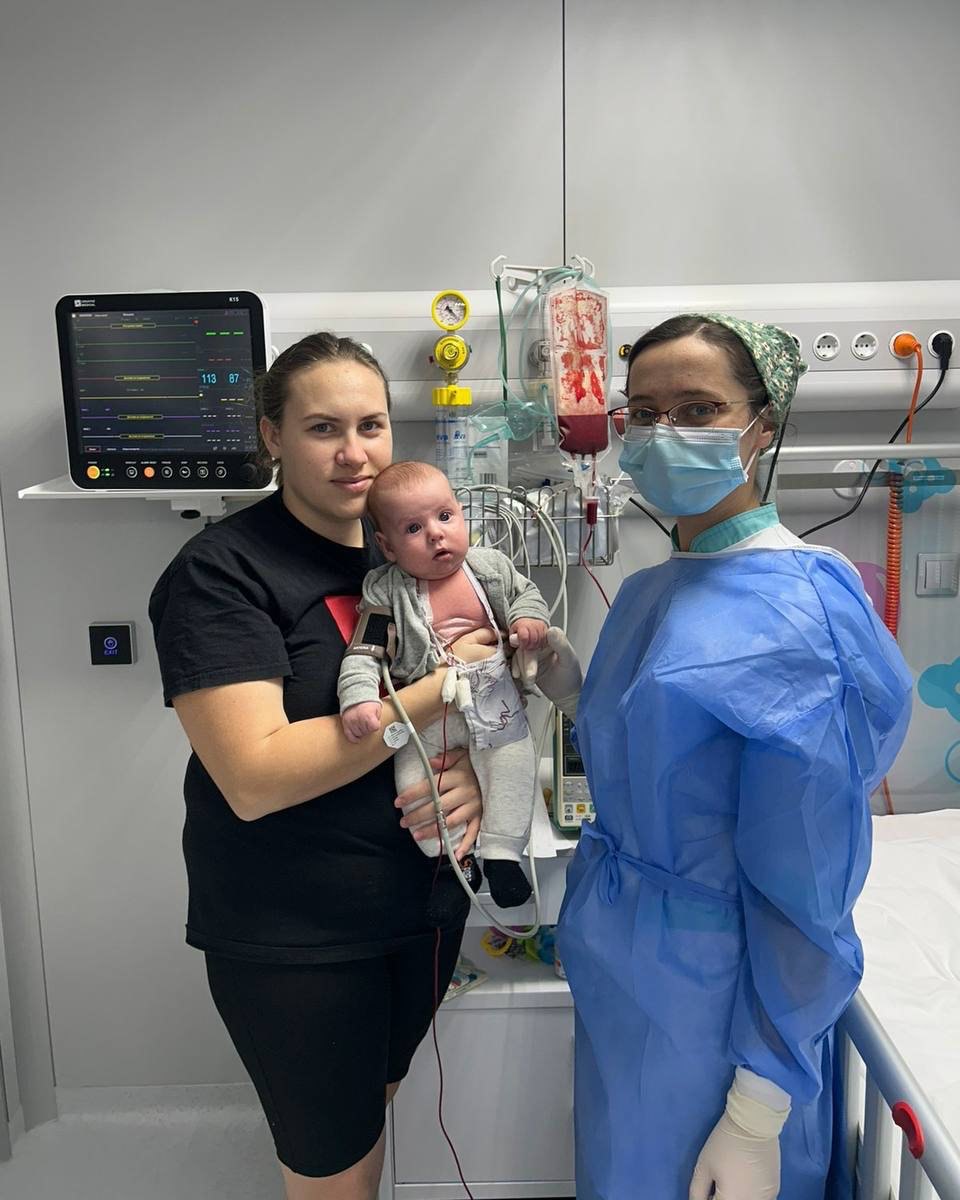
For a year now, medical staff have been torn between two departments instead of one. Before the attack, they had 17 shifts, for example, but now they have twice as many. After all, someone has to be with the children all the time, especially at night. Initially, they were allocated 12 cubicles, but this was later reduced to nine. They are usually all full.
Drivers travel several times a day from Okhmatdyt to the Centre on the left bank. Lysytsya calls this the road of life, because blood products, medicines, consultants and doctors on duty are transported there from the hospital.
Itʼs a tunnel that no one sees, but it exists, says the head of the department. If we see a likelihood that a patient will need intensive care in the near future, we take them to our colleagues at Okhmatdyt in the intensive care unit so as not to waste time. We donʼt wait for their condition to worsen, because there (at the Centre — LB.ua) we don’t have the necessary facilities, and the time it takes to get here can play a key role.
These disruptions are challenging for medical professionals. They are constantly rotated because ‘evacuation’ is difficult, they say. Even for those who live closer to the Centre: ‘Being separated from your team and the hospital is emotionally challenging.’
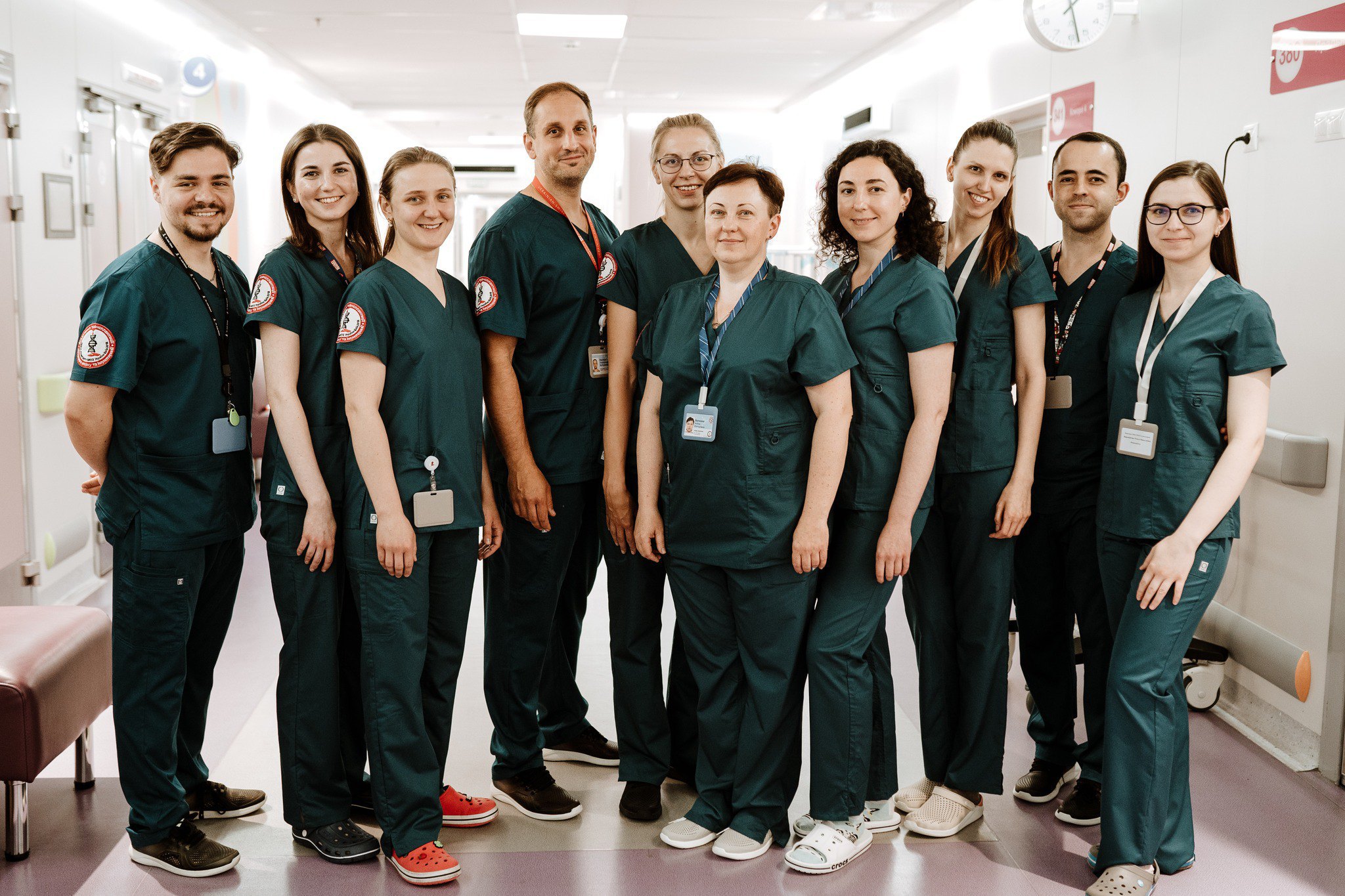
Patients have adapted to these changes; they no longer need to travel back and forth between locations. They prepare for transplantation at Okhmatdyt, undergo all examinations here, go to the Centre solely for transplantation, and then return to Okhmatdyt for observation. But it's not as simple as it might seem.
‘With allogeneic transplantation, the patient's treatment period, if all goes well, is at least six months,’ says Lysytsya. "If you've done 60, you still have to treat these patients for another six months, of which an average of two months are intensive, at the level of an intensive care unit. The rest is monitoring indicators, periodic complications that require urgent decisions, especially at night, hospitalisation, stabilisation. Once they have been treated again, they are sent home, and so on."
After the transplant, when a child or adult no longer needs 24/7 supervision and intensive care, doctors release them for outpatient treatment. This is the global approach, because "hospitals are home to scary multi-resistant beasts (resistant microbes) that then infect patients via staff and equipment and can kill them. At home, they are conditionally pathogenic and not so dangerous."
What if the children are not from Kyiv? Where do they go? They are provided with housing by the charitable foundations ‘Tabletochky’ and ‘Zaporuka.’ The latter also take adult patients if they have space after the children's needs are met.
Lysytsya believes that large hospitals such as Okhmatdyt should think about such temporary living spaces for patients so that they can be discharged from the hospital and continue to receive treatment for the necessary amount of time: "I hope that by the end of 2026, the Ronald McDonald Foundation will build accommodation for up to 50 such families on our premises. The process is moving forward, and these places will be for patients from the entire hospital. Times are changing. Before, no one cared where you lived (as long as you came to the doctors regularly for outpatient treatment). We know that the patient is coming, so we inform the charity, they contact him, and they get ready. They didn't arrive, so here's a phone number, call this number, and then they spend three days at the train station while the apartment situation is being sorted out.
There are about 60 such patients under active observation here.
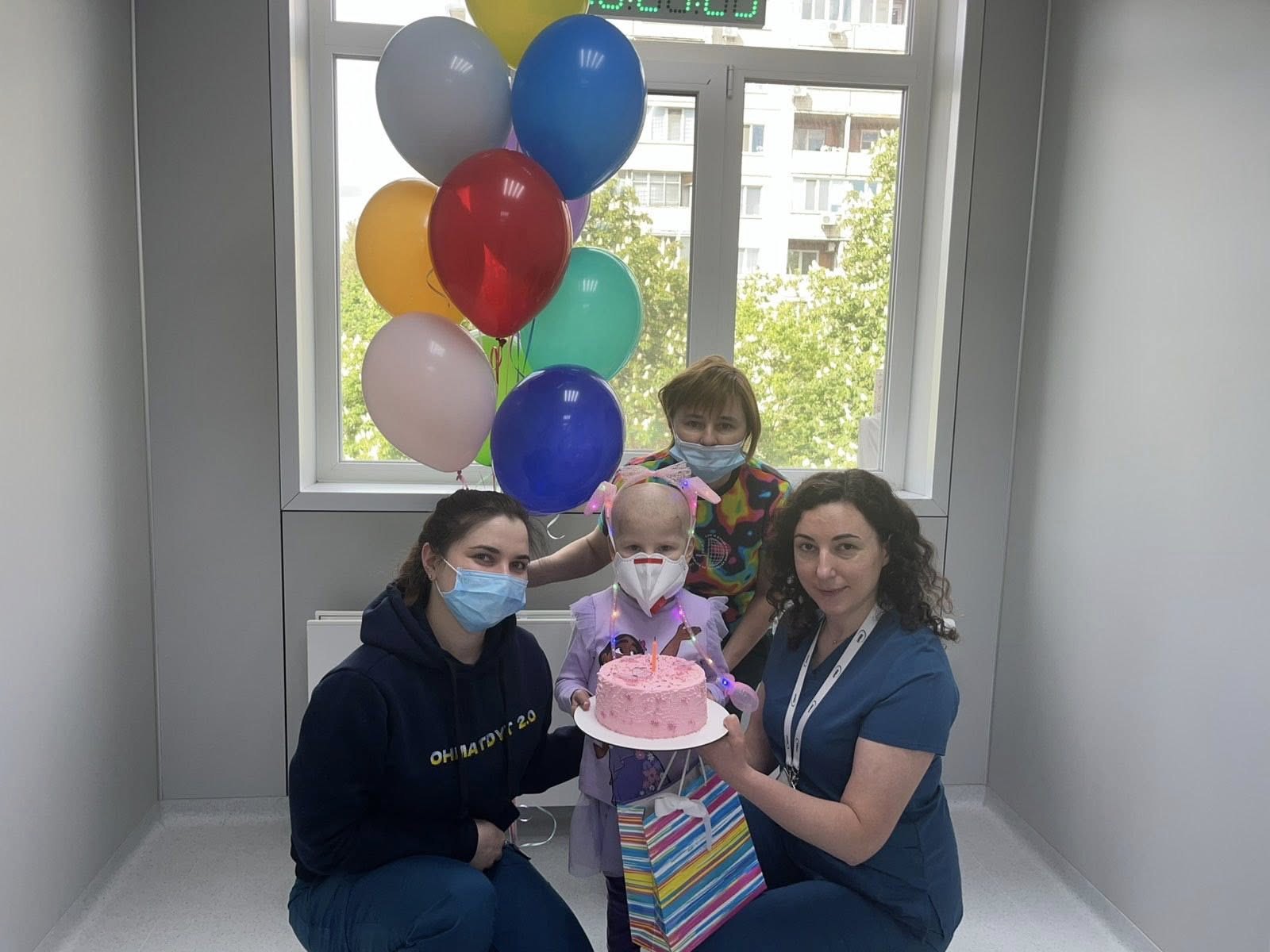
In addition to them, the department also has long-term patients. According to the classic rule, doctors monitor patients who have been treated for cancer for another five years. It is believed that if the cancer does not return after five years, a stable remission occurs. Such people are called winners.
Accordingly, the more winners there are in the bone marrow transplant department, the more people come here for check-ups over the years.
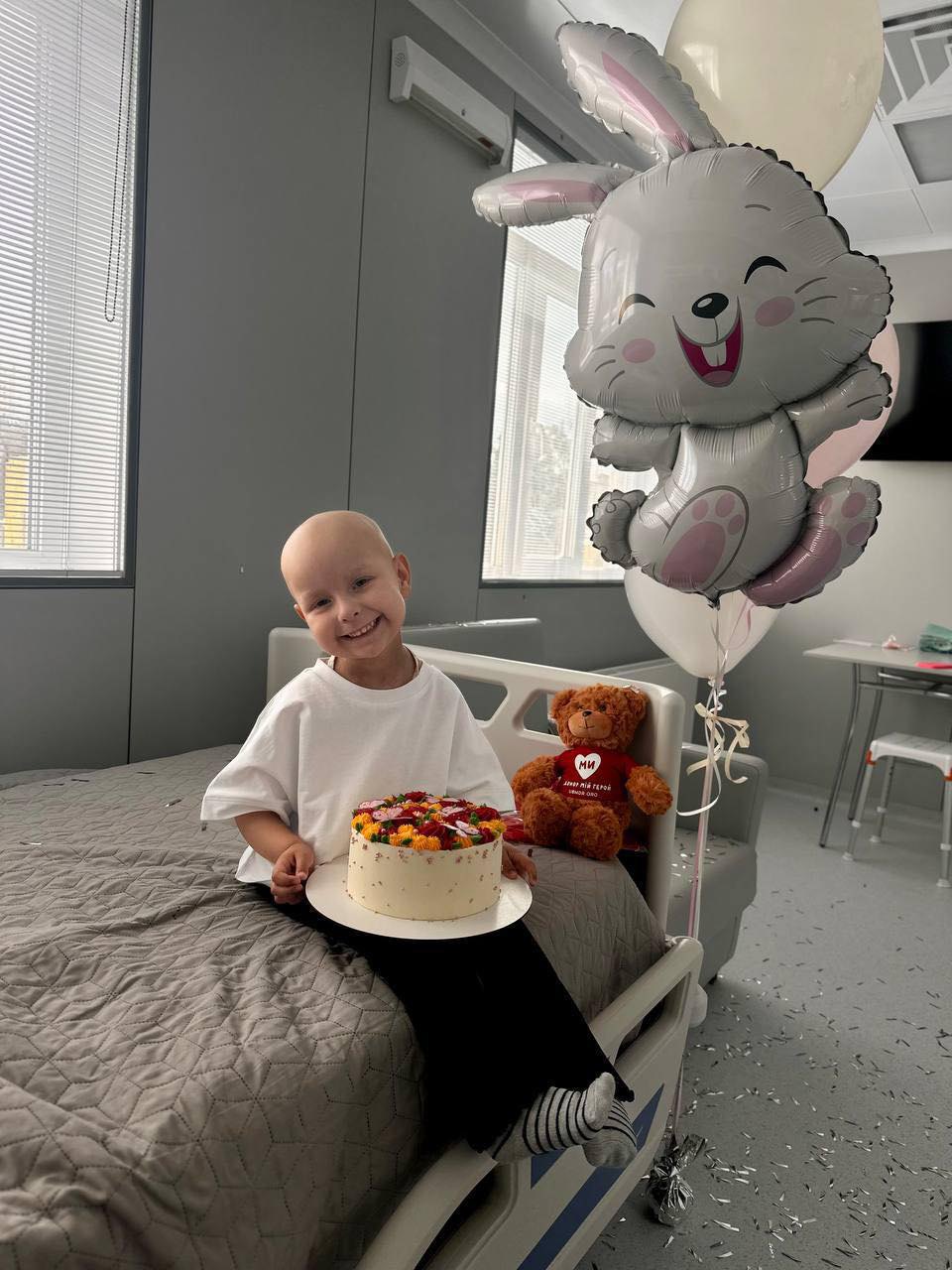
There are about 60 people in the department team, from doctors to nurses and non-medical staff. Two years ago, Lysytsya began introducing non-medical staff into the team to relieve the medical staff of some of their workload. He says that this approach is one of the reasons why they have managed to perform so many transplants under these conditions. This is because nurses are no longer distracted by filling out paperwork with families, providing references, explaining logistics, etc. Non-medical staff also schedule appointments for tests.
Price
"Despite this situation, we have even increased the number of transplants. This is the second year in a row that we have had the highest number. This year, we have set an even higher bar — we want to do 100. And we are on schedule. We are already at 53," Lysytsya says calmly. He says that, according to the hospital's report, this department alone earned 40% of the budget from the state.
His voice betrays his pride in the team. He says that only a few children's centres in Europe do as much. But it's not about quantity, he clarifies, but about the fact that ‘high technology cannot be scaled without well-built processes and team dedication. This department, laboratory departments, related specialists, intensive care units, drivers.’
The team works at least 12 hours a day, every day, all year round. People are exhausted, adds the head of the department. But in a year, they have not broken their main rule: ‘We do not turn away any child.’
Itʼs good that quality isnʼt suffering, but the team is already at its limit. If we donʼt take our foot off the accelerator, we could crash into a wall," says Lysytsya.

Therefore, they have reduced their work with adult patients — there are already places to refer them to in the country while the team sits down to rethink how to move forward in these conditions. Lysytsya laughs that perhaps this rethinking will coincide with their ‘exodus from Egypt.’
The thing is, even slowing down in such a department is not easy. There is already a waiting list for transplants, and there are patients who need intensive care after them. Therefore, they have to slow down gradually.
But they still feel exhausted. In particular, because of the uncertainty. Official full-scale repairs to the building only began recently, after all the scandals and new tenders. They promise to repair everything so that by the end of the year the department will return to its home walls with its entire staff.
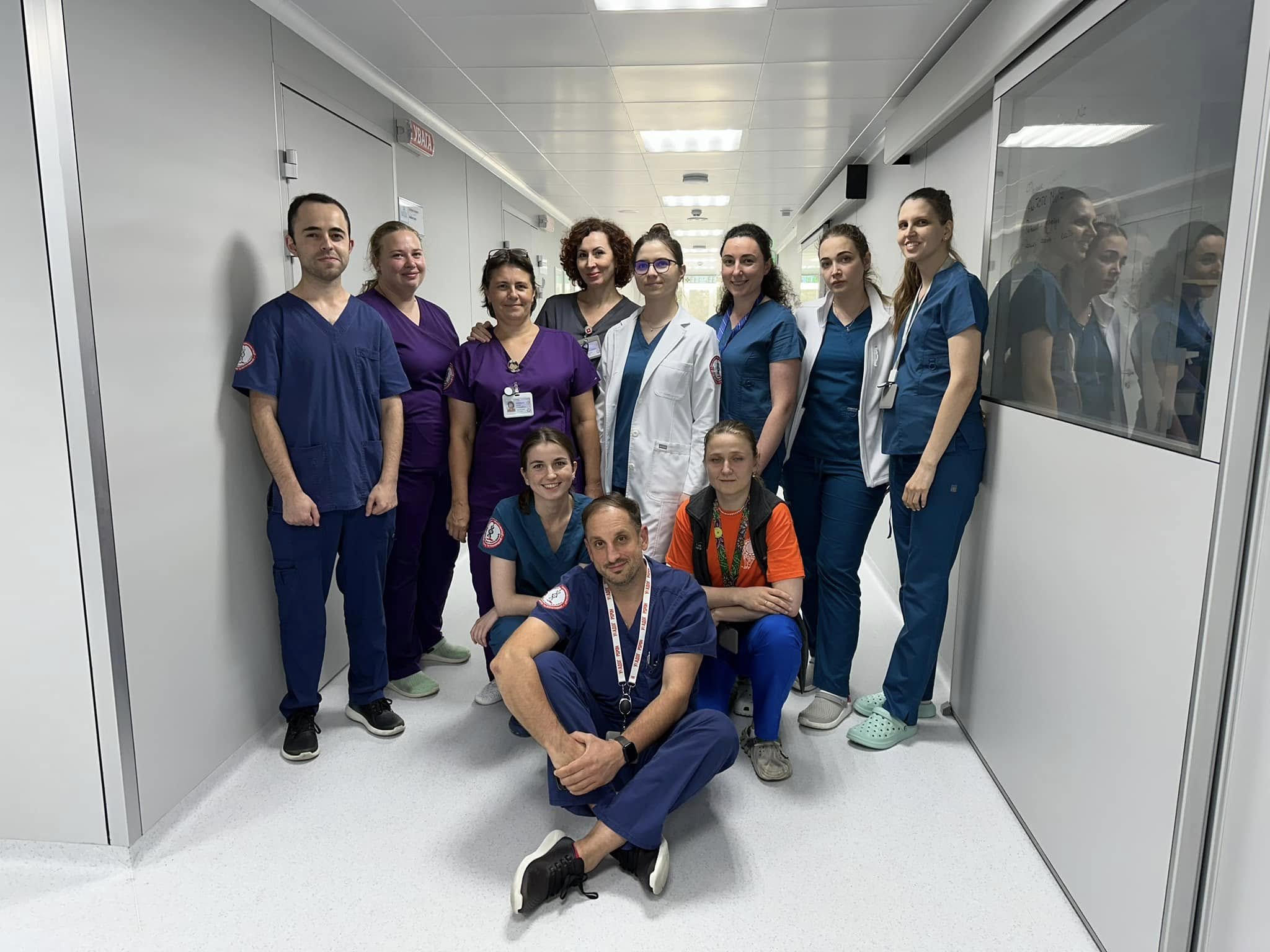
Innovation even in such conditions
The team here is made up of people who are building their careers in Ukraine based on Western models. This means they are constantly trying to obtain and implement new and modern ideas from abroad.
It was here that the first bone marrow transplant from an unrelated donor in Ukraine was performed.
So it is not surprising that even in the conditions of evacuation, the team is thinking about how to move forward.
For example, they are currently working on a cell therapy project. It will help with lymphomas and leukaemia that cannot be treated with transplantation, chemotherapy or immunotherapy.
"We take the patient's cells, teach them — at the cutting edge of genetic engineering — to kill tumour cells, and return them to the body. It's like supercharging superheroes. Between 50 and 60% of patients achieve sustained remission after this treatment. Roughly speaking, that means we save six out of ten patients. Without this technology, everyone dies. We are trying to launch high technologies that are not available in Ukraine as an initiative group. It's funny to tell someone, but this is our reality,‘ says Oleksandr. ’It costs a fortune in the world, from $450,000 per patient. Our goal is to reduce the cost by at least five times and make this technology available to people. We hope that the state will take up the cause, because any process requires consistency, and this can only be achieved by transferring it to the state level."
Another project is also being prepared for the autumn, involving 26 countries and more than 30 leading centres in the world for the treatment of paediatric oncology. Okhmatdyt, as a national centre, is part of it and will work to improve the treatment of children with acute lymphoblastic leukaemia.
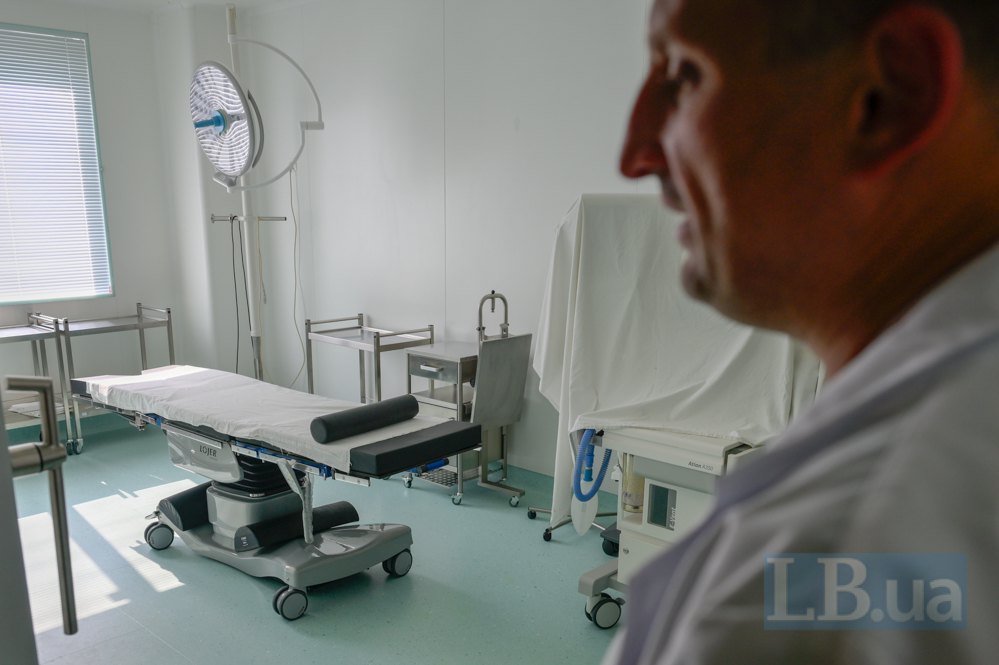
‘This is the first large-scale study of its kind to include Ukraine. We will study established technologies, compare prognostic scales, and try to reduce toxicity while maintaining effectiveness,’ explains the oncologist. After all, cancer treatment is impossible without side effects. Here, doctors will try to reduce them.
In addition, they are training colleagues and collaborating with foreign specialists in this field: "We are active members of the Ukrainian Association of Oncology and Haematology. This year, we launched a school for nurses in transplant departments, a large online and offline project: the best nurses from European departments gave lectures, we had to prepare translations, organize offline events here, with practical aspects that are important in nursing. These are global projects that did not exist in the country before. We are filling gaps — this is education for mid-level medical staff and doctors who are not taught these professional things.
In order to implement innovations, money and a transparent system for its distribution are needed. This hurts Lysytsya. She says that some of her colleagues from other hospitals are chasing after more state money. And it doesn't matter what the quality of treatment will be.
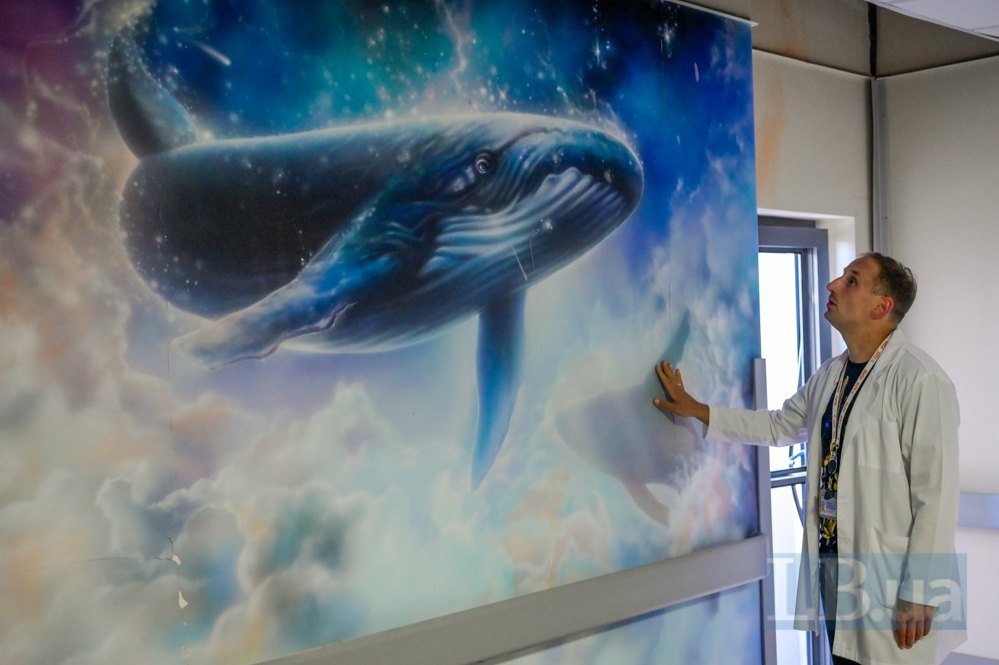
"And a colleague calls: “We need a specialist for the sake of appearances, some washed-up pilot who will come twice a week so that we can be contracted with the National Health Service”. You're a doctor, is that okay with you? The last case was a friend who had surgery in orthopaedics. He says on the discharge summary: “Did you remove this here?”. They tell him: “Don't worry about it, we need it for the ESZOZ (electronic health care system)”. They submitted data that it was an urgent operation with complications so that the state would pay as much as possible for this operation.
But this is a dead end, the doctor believes: "We will then see this data and think that it is reliable. We have a common goal: whether in the National Health Service, the Ministry of Health, the hospital, or the doctor's office — to help the patient, because today you are a doctor, tomorrow you are a patient. You may think that you are a doctor and can solve everything, but I don't understand that. When someone calls me and says, ‘Pay attention,’ I say that we pay attention to everyone, and nothing will change after the call. I was surprised when the minister said that he was called about a certain patient. This is a litmus test for society and processes. It means that the processes are not working. If they were working, the minister would say, ‘Call the call centre of the hospital closest to you.’
